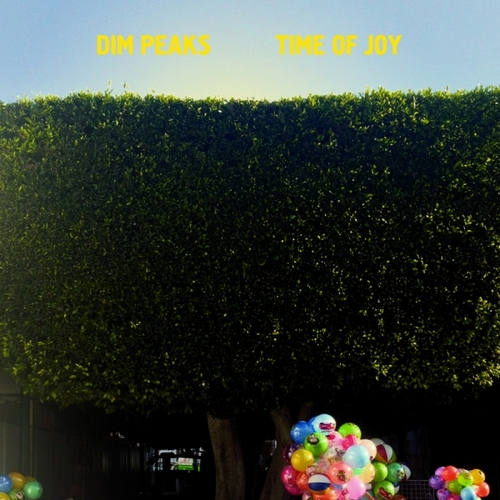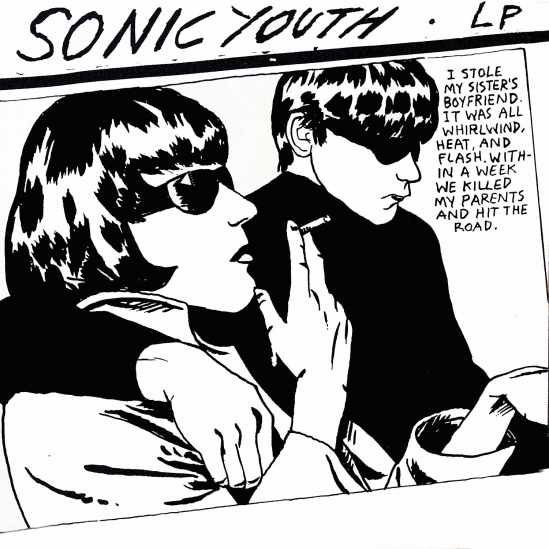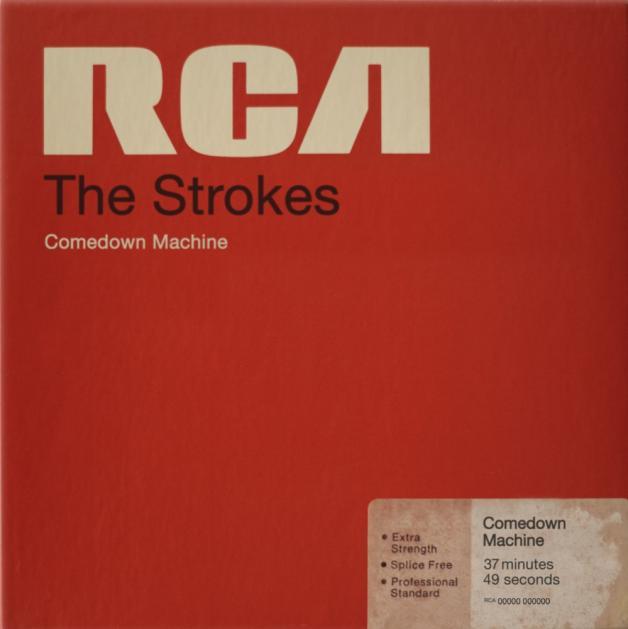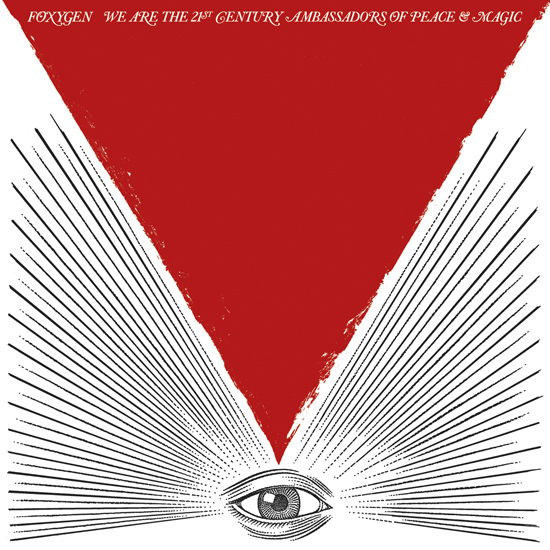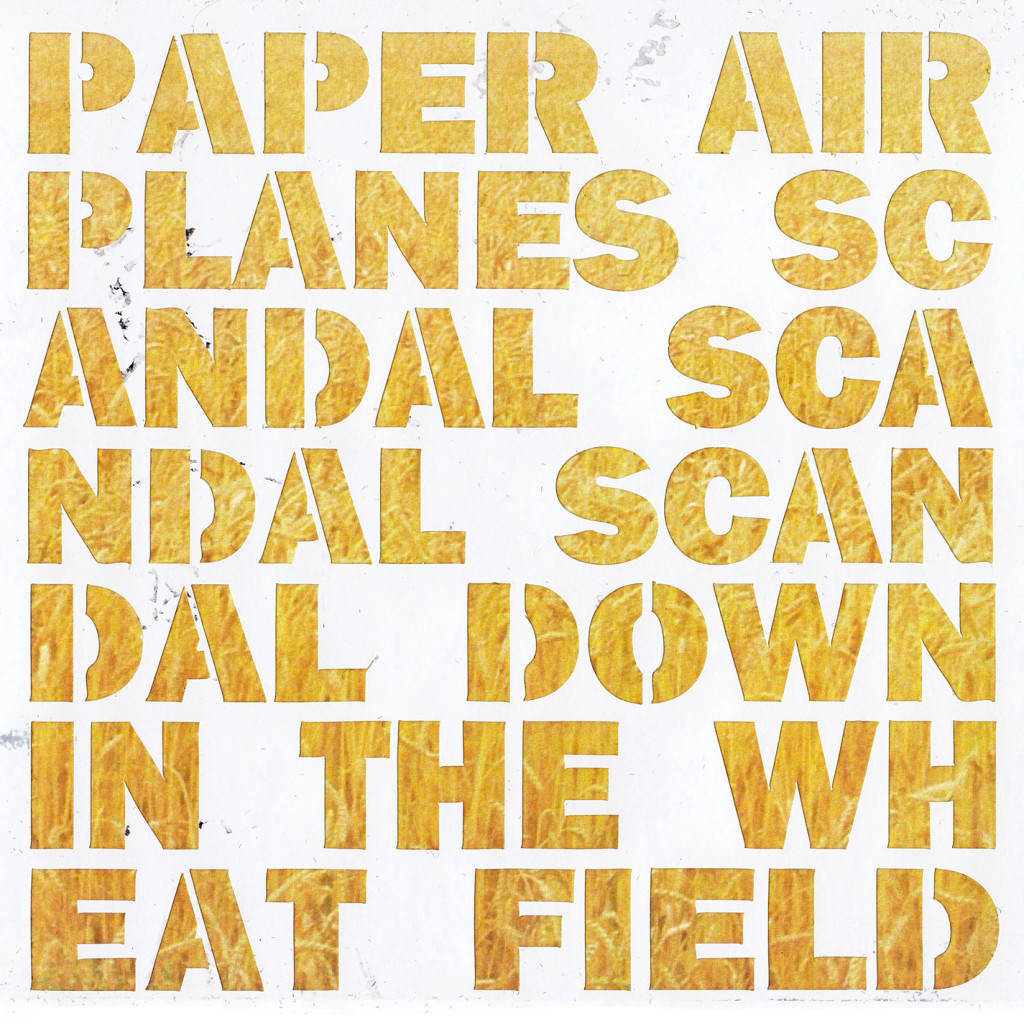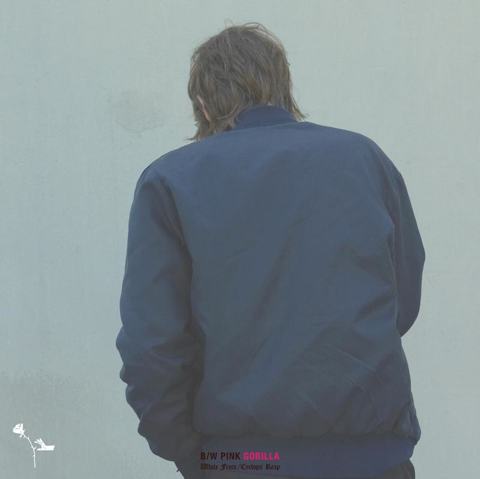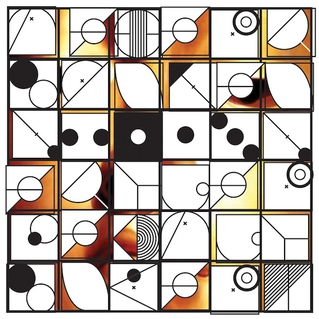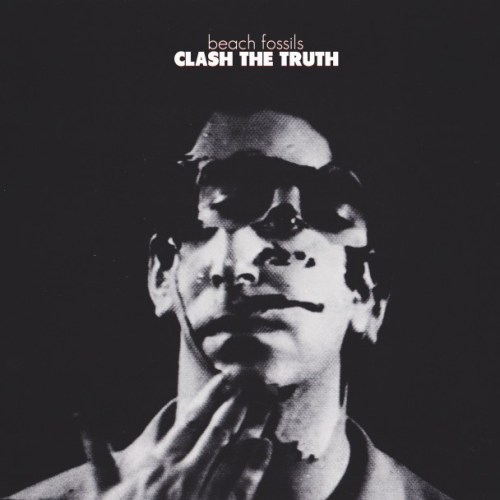
In 2010 Beach Fossils put out, in my opinion, one of the best albums of that year. That self-titled release paired well with Real Estate’s debut, combining to form a genre of breezy, sun-showered, effortless tunes. Actually, those albums came out at about the same time that Hipster Runoff coined the term “chillwave,” and at some point I thought these were the bands the new genre was created for. I think it would work either way.
“Clash the Truth” brings back the sound of the debut while adding a few nice touches. Thankfully the ringing, delayed guitar is back – obviously a key component to what it is that makes them Beach Fossils. Thankfully though it’s a little more under control this time around. I remember “Lazy Day,” on the 2010 release, where the guitar strings were made to ring so much that an overtone could be heard sounding over top of the rest of the mix, in an additive sound that was borderline ear piercing.
On this most recent release the guitars are cleaned up, and overall everything is fine-tuned. The addition of an acoustic guitar on “Sleep Apnea” adds something that we haven’t heard yet. Immediately following is “Careless,” taking a bit more of an energetic approach, pushing their sound to the edge of perhaps something bordering on new-wave nostalgia.
Speaking of which, so often I find myself coming back to that word with its relation to music: nostalgia. It seems like that is one of the most effective ways to create meaningful, emotionally relevant music. If a sound can tune into some sort of sense of familiarity then it’s already halfway to making a deeper connection. Boards of Canada accomplishes this through the vintage instruments, so does Neon Indian, Beach Fossils, to me, is a little bit more mysterious in how they are creating their familiarity. Maybe it’s the echo and reverb that drenches everything, or the breathy, extended legato melodic lines over top of jittering guitars and motoric drums. Imagine Joy Division, and now imagine that they were actually enjoyable to listen to and not dark and depressing, I think that is what “Clash the Truth” is.
There are a few devices that the band continually returns to, a few guitar fills that come back song after song, and even the melody line of the voice grows a little tired after a while, seeming to trace and re-trace the same path. It’s the explorations into new timbres that makes the album interesting. The distorted bass over top of brightly strummed steel string acoustic guitar, all while the bouncing delayed electric guitar continues to cast its light onto the entire texture of “Birthday” is what makes that song stand out. The same goes for the guest vocal appearance of Kazu Makino adding another layer of breathy whispers to “In Vertigo.”
It’s great that Beach Fossils was able to follow up their debut with just as solid an album as “Clash the Truth” is. Their really molding their sound, finding different ways to develop and explore their sound, changing just enough to make it noticeable, while not so much where it is a shocking departure. Now if they could just stop their habit of ending some of their songs on scale degree 2….
The album is available on vinyl or CD from Captured Tracks, and you can check out their soundcloud here.


